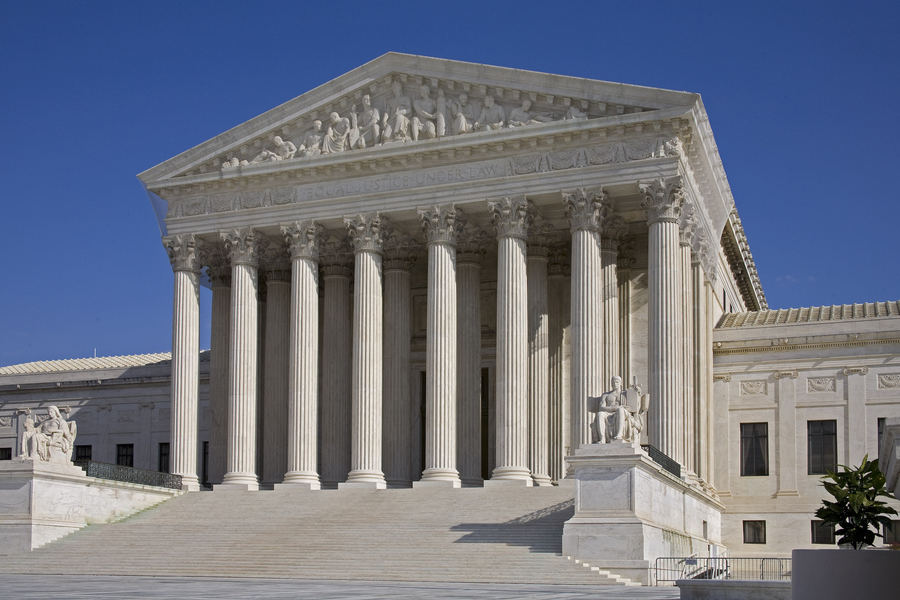National Coming Out Day is this weekend — and we have a lot to celebrate. And a lot to do.
With this week’s momentous marriage-equality ruling, the number of marriage-equality states is likely to soon reach almost three-dozen, triple the number we were at just one year ago. The decisions from the U.S. Supreme Court and Ninth Circuit Court Monday and Tuesday, respectively, granted thousands of Americans the right to marry their partner with government backing — and government, rights, benefits and responsibilities. While Pennsylvania gaining marriage equality five months ago was momentous, this was a sea of states experiencing that same energy in just two days. The pace of the marriage-equality movement is literally almost too fast to keep up with. The marriage fight is certainly not over, but its nationwide inevitably is speeding closer with each day.
So that leads to the question of, What now? The LGBT community’s focus on marriage equality in the last few years has been a topic of debate within LGBT circles but, undeniably, this has been the fight that has most mobilized our community and allies. But, if marriage laws are soon-to-be rightfully revised, where should the energy that has helped move this effort forward be directed?
Many states, like Pennsylvania, still lack LGBT-inclusive nondiscrimination and hate-crimes laws. While winning marriage equality in Pennsylvania is a major victory, not having these baseline equal-rights protections devalues any LGBT victory, and puts our community at significant risk. These issues need attention, and fast. There are also ongoing rights issues involving adoption and parenting, HIV/AIDS causes, health-care coverage for transgender individuals, LGBT inclusion in anti-bullying efforts, homelessness, inclusion of LGBT people in mainstream activities like blood donation and parity of funding for LGBT causes, especially those affecting underrepresented communities like youth and the elderly. Then there are internal community movements, such as the need for unity across racial, gender and age lines. The LGBT community is not defined by marriage, and the fight for equality should not stop there.
As we stand at a momentous turning point in the LGBT-rights movement, perhaps the biggest task ahead of us, and a key to propelling all of our varied community goals forward, is a commitment to being out. The work of the community as a whole is vast, but victories are won each time an individual member of the community owns his or her identity. By being true to ourselves, embracing outness in whatever manner fits with our lives, we can put a public face to what it means to be LGBT. And, as more and more people see that face, the denial of rights becomes less and less justifiable.
Each of us plays an important role in the future of the LGBT-rights movement: Let’s get out there and own it.
